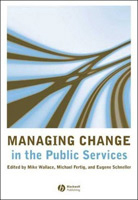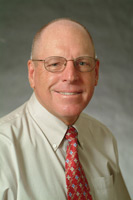
Disease outbreak and bioterrorism: The ultimate supply chain test
In the event of a disease outbreak or bioterrorist attack, public health officials must make decisions about how to allocate finite medical resources — decisions that impact the spread of the disease and the number of lives lost. Ajay Vinze and Raghu Santanam, both information systems professors at the W. P. Carey School of Business, wondered what might be the best way to allocate critical resources in such scenarios. They realized that, viewed from a business perspective, the public health system is actually a very large and complex supply chain — in many ways even more intricate than the highly developed supply chain of an enterprise like Wal-Mart.





